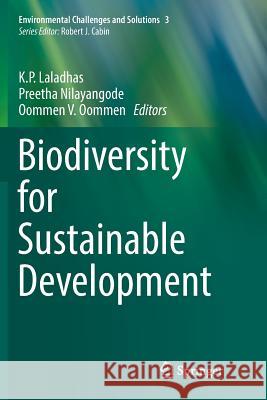Biodiversity for Sustainable Development » książka
topmenu
Biodiversity for Sustainable Development
ISBN-13: 9783319825144 / Angielski / Miękka / 2018 / 322 str.
Kategorie BISAC:
Wydawca:
Springer
Seria wydawnicza:
Język:
Angielski
ISBN-13:
9783319825144
Rok wydania:
2018
Wydanie:
Softcover Repri
Ilość stron:
322
Waga:
0.48 kg
Wymiary:
23.39 x 15.6 x 1.83
Oprawa:
Miękka
Wolumenów:
01
Dodatkowe informacje:
Wydanie ilustrowane











